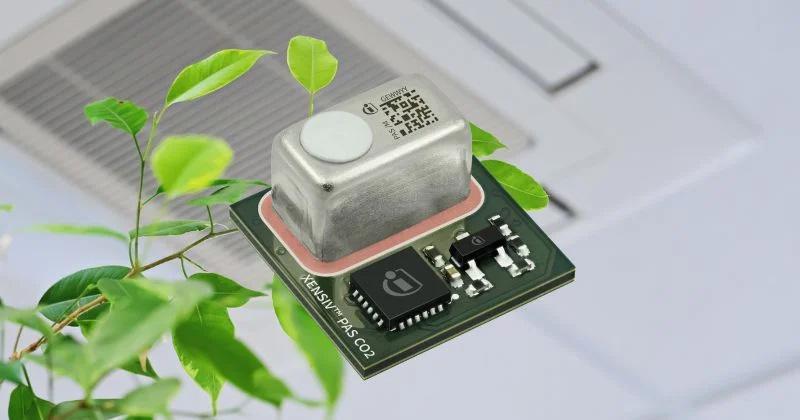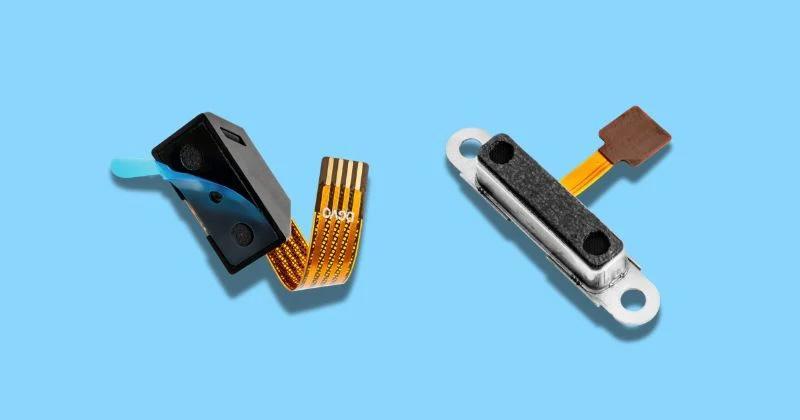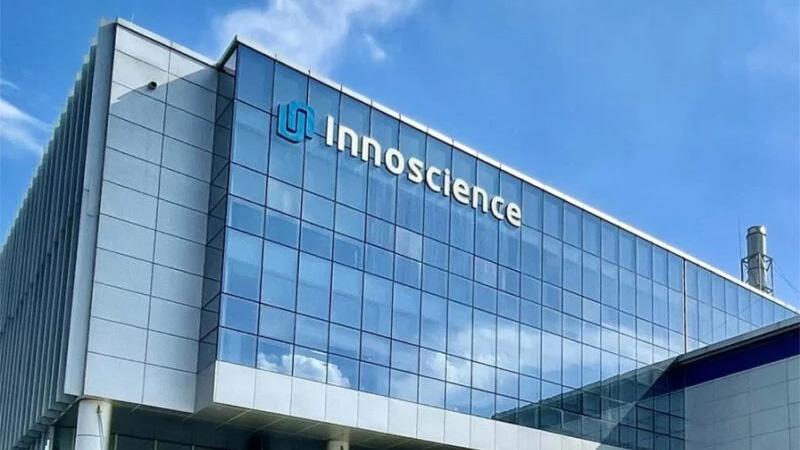
What Are MRDIMMs? The Memory Tech Server Designers Are Talking About
As the demands of data-centric workloads increase, modern servers face growing pressure to match computational power with memory bandwidth. Industries like artificial intelligence, high-performance computing, and real-time analytics rely on memory subsystems that can deliver data at extraordinary speeds to prevent bottlenecks.
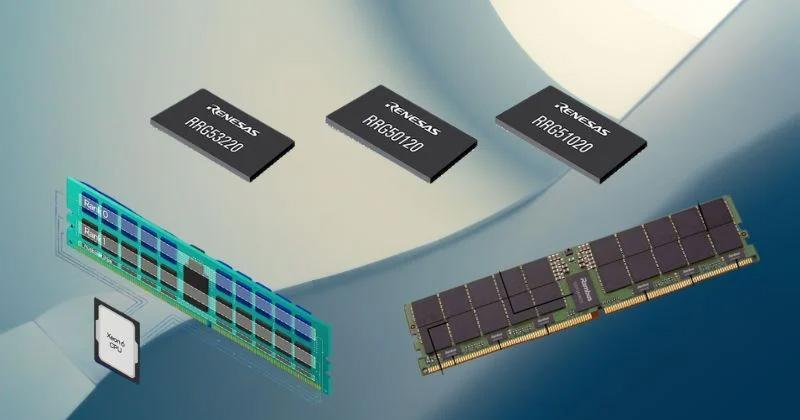
While advancements in processor technology have driven exponential improvements in computational performance, memory development has lagged. Against this backdrop, many major industry players have begun adopting multiplexed rank DIMM (MRDIMM) technology, a new form of memory that brings substantial performance gains.
What Are MRDIMMs?
MRDIMM technology addresses the growing demand for higher memory bandwidth in modern servers. As CPU core counts and speeds continue to rise, memory must deliver data at rates that match these advancements. MRDIMMs achieve this by simultaneously operating two ranks, doubling the data throughput compared to standard DDR5 DIMMs. For instance, where DDR5 DIMMs typically support a speed of 4,800 MT/s, Gen1 MRDIMMs reach up to 8,800 MT/s. Future generations are projected to achieve even higher rates, such as 12,800 MT/s in Gen2 and 17,600 MT/s in Gen3.
MRDIMMs use a high-speed multiplexer, or data buffer, to simultaneously read memory banks and transfer data to the CPU. This distinguishes MRDIMMs from memory interleaving, which processes memory operations sequentially across multiple DIMMs. By combining simultaneous bank operations with advanced multiplexing, MRDIMMs deliver significantly faster memory performance.

MRDIMM application. Image used courtesy of Lenovo
Tall form-factor (TFF) MRDIMMs offer additional benefits by increasing memory capacity without requiring more physical slots. These modules are taller to accommodate additional memory chips, but they fit only in larger server designs, such as those with 2U or greater form factors.
By enabling faster and more efficient data delivery, MRDIMMs help future-proof server designs against the escalating demands of high-performance computing.
Renesas Introduces Complete DDR5 MRDIMM Chipsets
Renesas recently released “the industry's first” complete chipset solutions for second-generation DDR5 MRDIMMs.

Renesas’ second-generation MRDIMM solutions. Image used courtesy of Renesas
Enabling memory speeds up to 12,800 MT/s, the new solutions target AI and high-performance computing workloads requiring substantial memory bandwidth. The solution incorporates three key components: the RRG50120 multiplexed registered clock driver, the RRG51020 multiplexed data buffer, and the RRG53220 power management integrated circuit (PMIC). The clock driver buffers command and address signals between host controllers and DRAMs while consuming 45% less power than its predecessor. The data buffer enhances throughput by multiplexing data paths, and the PMIC provides superior power efficiency and electrical-over-stress protection.
According to Renesas, these products together deliver a 1.35x improvement in memory bandwidth compared to first-generation MRDIMMs. Mass production is anticipated for 2025.
Intel’s MRDIMM Technology Enhances Xeon 6 Performance
Intel announced that the recently introduced Intel Xeon 6 processors will be compatible with MRDIMM technology. As a testament to MRDIMM’s superior performance, independent testing demonstrated that Xeon 6 processors using MRDIMM achieved up to a 33% performance improvement over an identical system using traditional RDIMMs.
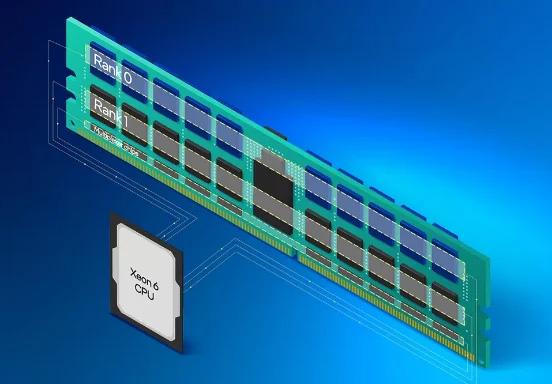
Xeon 6 CPUs will support MRDIMM solutions. Image used courtesy of Intel
Despite Intel's implementation of MRDIMMs, these processors will maintain compatibility with existing RDIMM infrastructure, requiring no changes to form factors or server configurations. In this way, Intel ensures that data center operators can easily adopt the new technology by swapping RDIMMs for MRDIMMs without additional hardware adjustments. The integration also preserves Xeon 6 processors' advanced features, such as reliability and error-correcting capabilities.
Rambus Delivers DDR5 MRDIMM Chipsets
Rambus recently unveiled chipsets for Gen5 DDR5 RDIMMs and next-generation MRDIMMs that can achieve data rates of 12,800 MT/s. The suite includes the Gen5 registering clock driver for RDIMMs and the multiplexed registering clock driver and data buffer for MRDIMMs.
The DDR5 MRDIMM architecture uses a single multiplexed registering clock driver and ten multiplexed data buffers per module to efficiently multiplex memory channels. Meanwhile, Rambus’ second-generation PMIC delivers high current at low voltages to optimize power efficiency and support more DRAM per module.

DDR5 MRDIMM concept image. Image used courtesy of Rambus
Like Intel’s solutions, Rambus’ chipsets maintain compatibility with existing server platforms while supporting taller MRDIMMs for increased memory capacity in constrained physical footprints.
Higher Bandwidths for Data-Heavy Loads
MRDIMM adoption may significantly shift how memory bottlenecks are addressed in modern data centers. As computing power scales exponentially, data center operators face the challenge of enhancing memory performance without overhauling infrastructure, especially for industries handling large-scale, memory-intensive workloads. As production ramps up for these solutions in 2025 and beyond, the technology may become a new mainstay in the next generation of server deployments.


